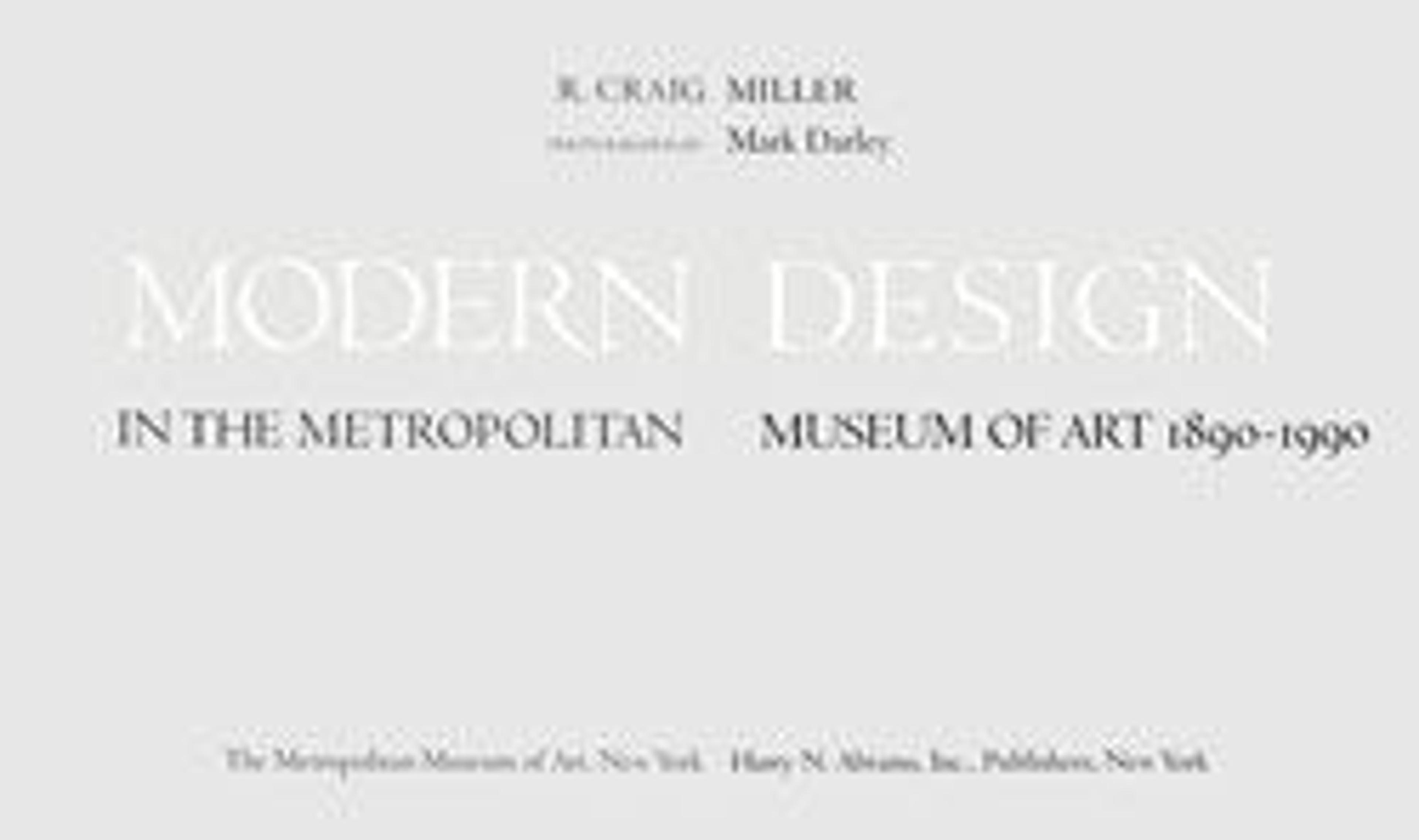Cabinet on Base
Charlotte Perriand is best known for the furniture she designed with Le Corbusier and Pierre Jeanneret in the 1920s, but her later work was equally innovative and highly influential. She was a cofounder of the Union des Artistes Modernes in 1930, the year in which she began to exhibit designs under her own name. Following her association with Le Corbusier, Perriand worked with Jean Prouvé, experimenting with aluminum housing and furniture design. This aluminum and wood cabinet was designed for Perriand's personal apartment in Paris. It reflects her stylistic evolution from the precise, machinelike metal designs she worked on with Le Corbusier in the 1920s (which he termed "domestic equipment"), toward a less refined, more aggressively industrial vocabulary. This cabinet, with its massive, room-dominating size, is an example of her architectural furniture—furniture built like architecture.
Artwork Details
- Title:Cabinet on Base
- Artist:Charlotte Perriand (French, Paris 1903–1999 Paris)
- Date:ca. 1939
- Medium:Aluminum, pine and walnut
- Dimensions:49 3/16 in. × 8 ft. 3 7/8 in. × 17 7/8 in. (125 × 253.7 × 45.4 cm)
- Classification:Furniture
- Credit Line:Gift of Mr. and Mrs. Michael Chow, 1987
- Object Number:1987.461.2ab
- Curatorial Department: Modern and Contemporary Art
More Artwork
Research Resources
The Met provides unparalleled resources for research and welcomes an international community of students and scholars. The Met's Open Access API is where creators and researchers can connect to the The Met collection. Open Access data and public domain images are available for unrestricted commercial and noncommercial use without permission or fee.
To request images under copyright and other restrictions, please use this Image Request form.
Feedback
We continue to research and examine historical and cultural context for objects in The Met collection. If you have comments or questions about this object record, please contact us using the form below. The Museum looks forward to receiving your comments.
